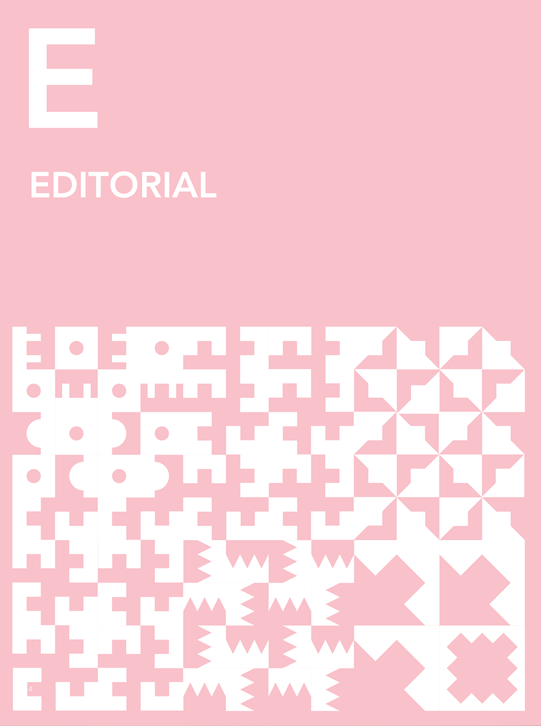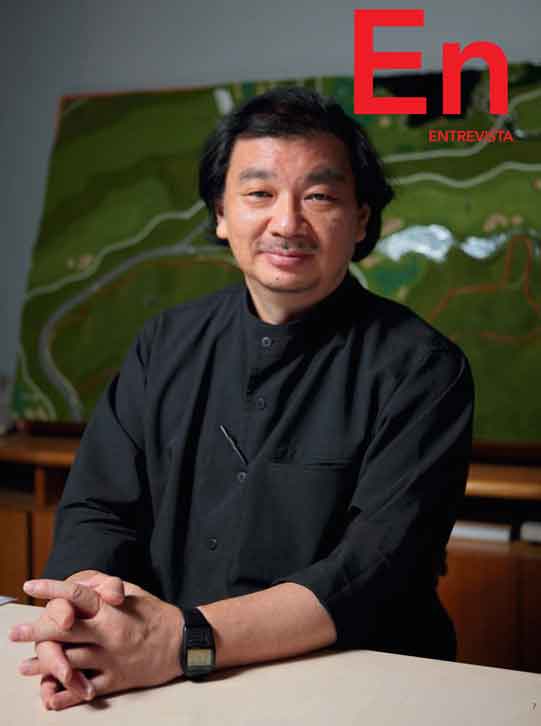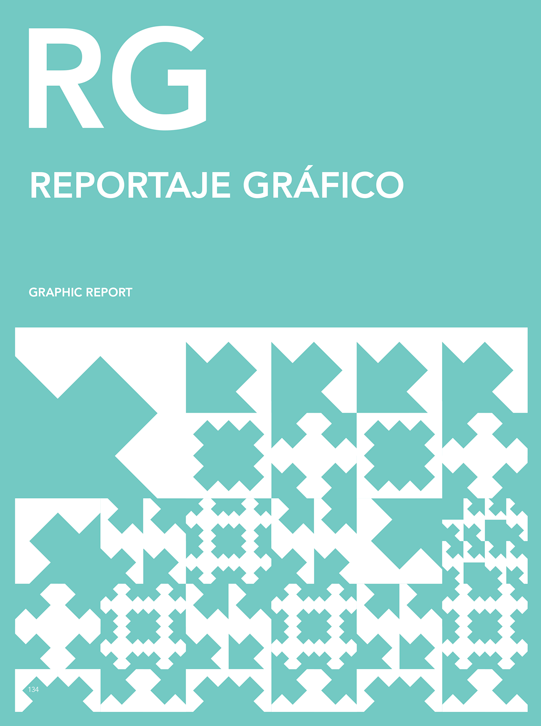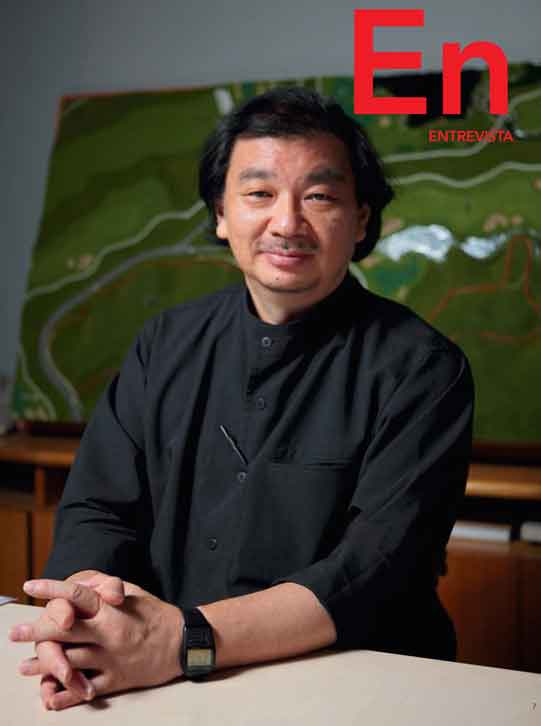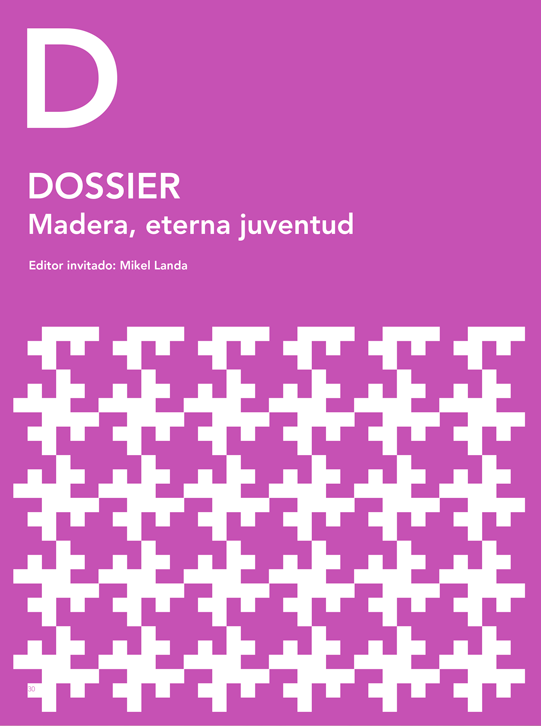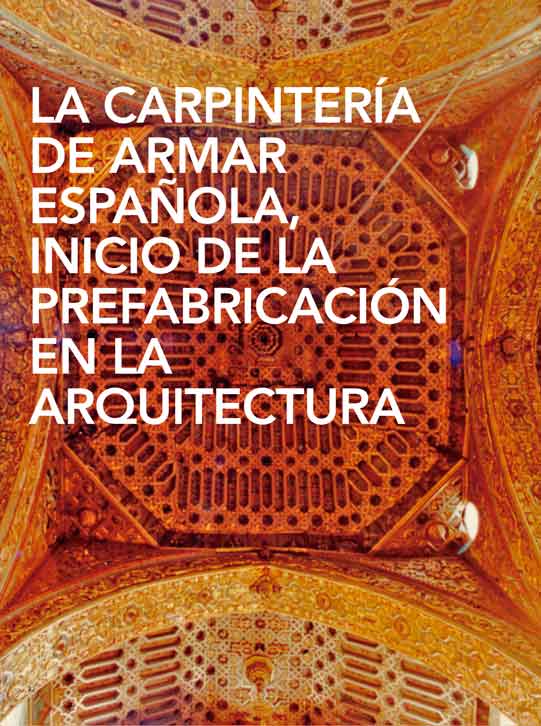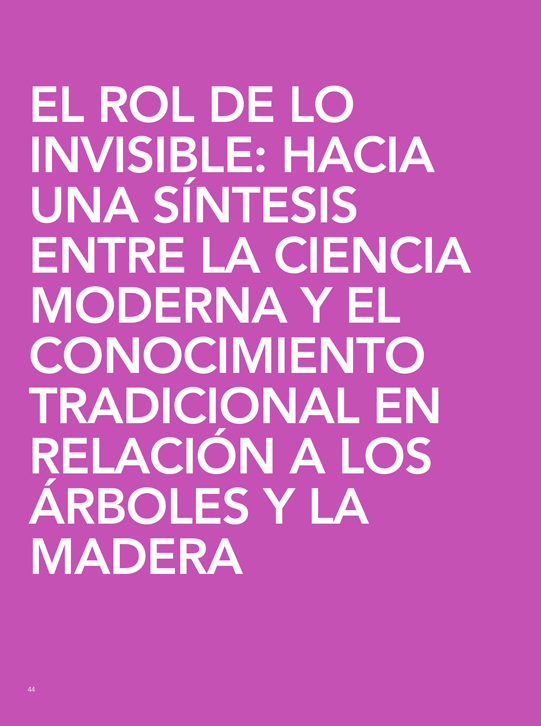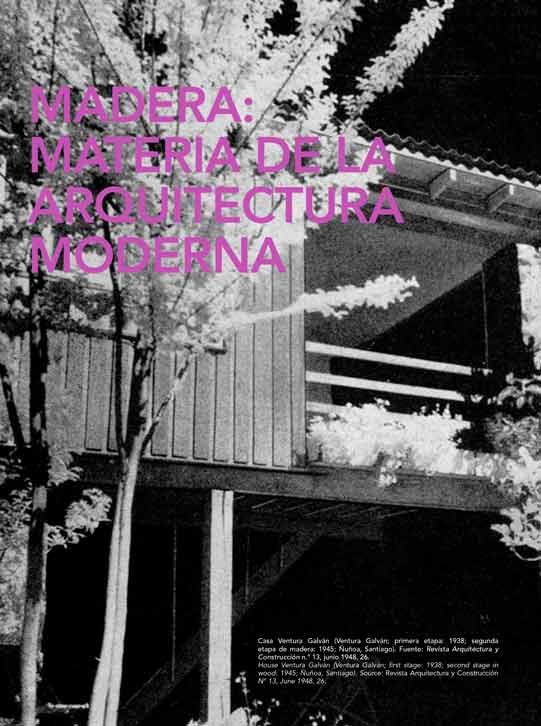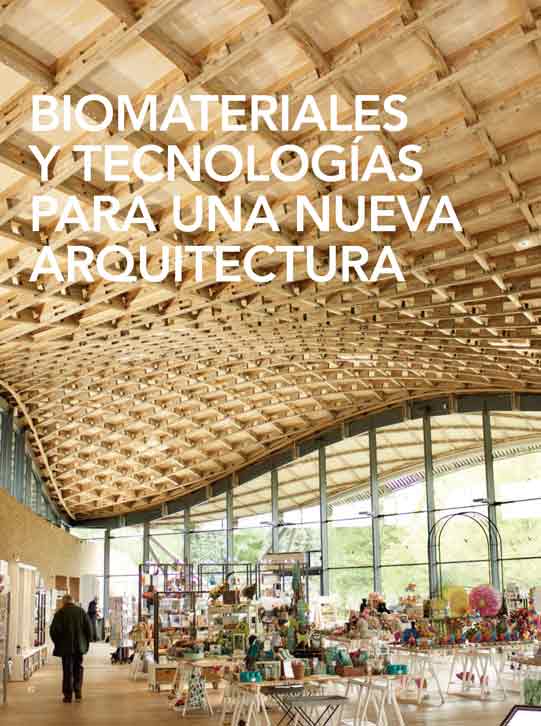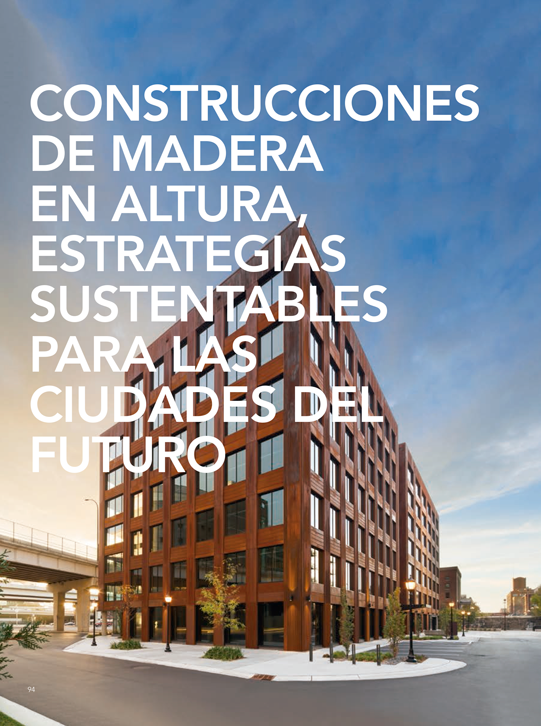
This issue of Materia Arquitectura focuses on a material that is revolutionizing construction around the world: wood. Guest editor Mikel Landa argues that this revolution is the result of both the development of new wood-based materials and the advent of digital design and fabrication processes. This issue's interviewee, Shigeru Ban, stresses that working with wood requires an understanding of the material's specific characteristics, which allows him to generate geometries that guarantee the structural rationality of his projects. The articles in the dossier offer historical, technical, holistic, environmental and technological perspectives on the theme of this issue. In his article on loop carpentry, Enrique Nuere explains that Castilian carpenters in the 14th century introduced prefabrication into architecture by using beams to construct trusses. Ernst Zürcher, for his part, reflects on the invisible and the relationship between current knowledge of wood and the wisdom contained in traditional holistic worldviews. Blanca Juanes focuses on an emblematic work of the twentieth century, the Sea Ranch, and analyzes the new language proposed by Charles Moore through the use of wood. Horacio Torrent, on the other hand, reviews some works by modern Chilean architects and concludes that they knew how to take advantage of the technical and expressive potential of wood. Pierre Blanchet examines the constructive solutions currently available, projecting into the future the impact of biomaterials that are already being developed. Finally, based on wood's ability to store carbon, Michael Green suggests that reducing the environmental impact of buildings requires a new architectural paradigm. The quality of wood, the behavior of new products derived from it, and digital tools for design and construction would facilitate this process.
Guest Editor Mikel Landa
DOI: https://doi.org/10.56255/ma.v0i15
Published: 2017-11-07
